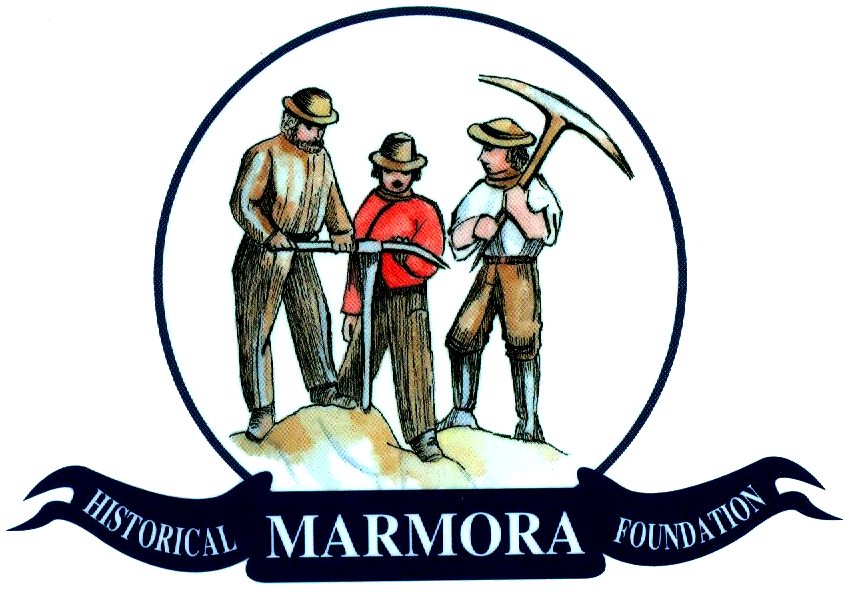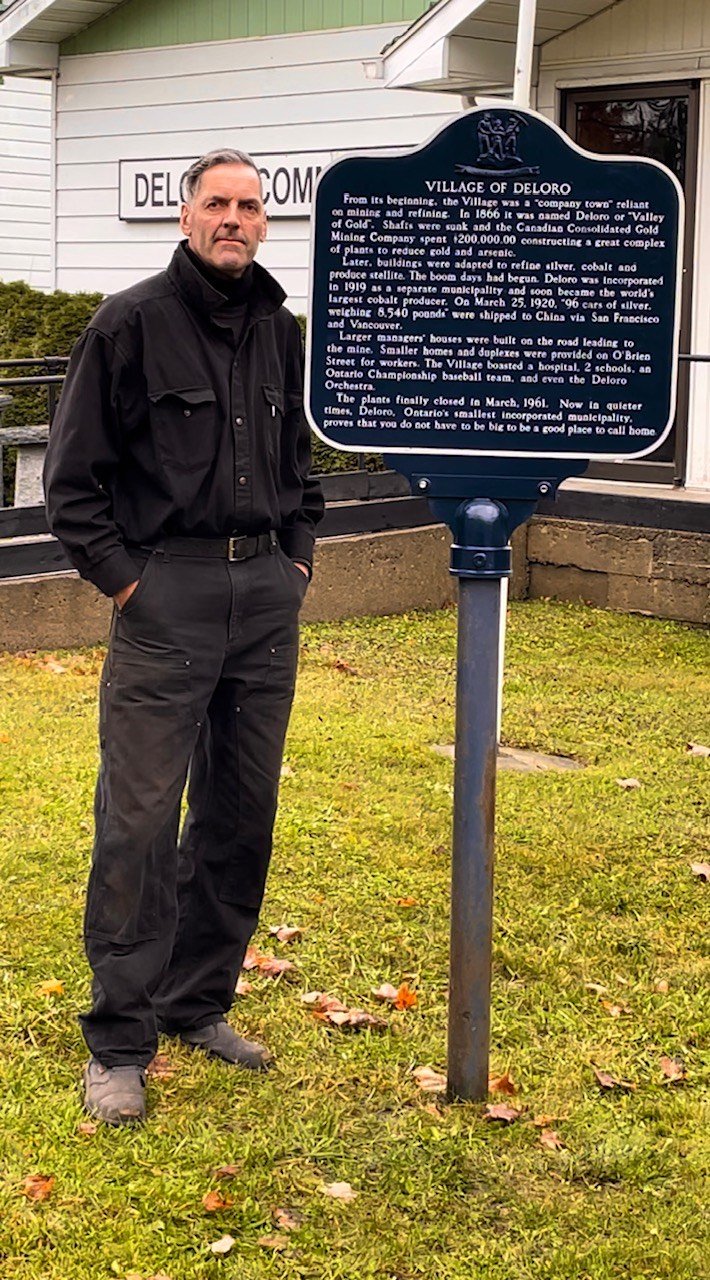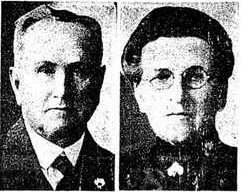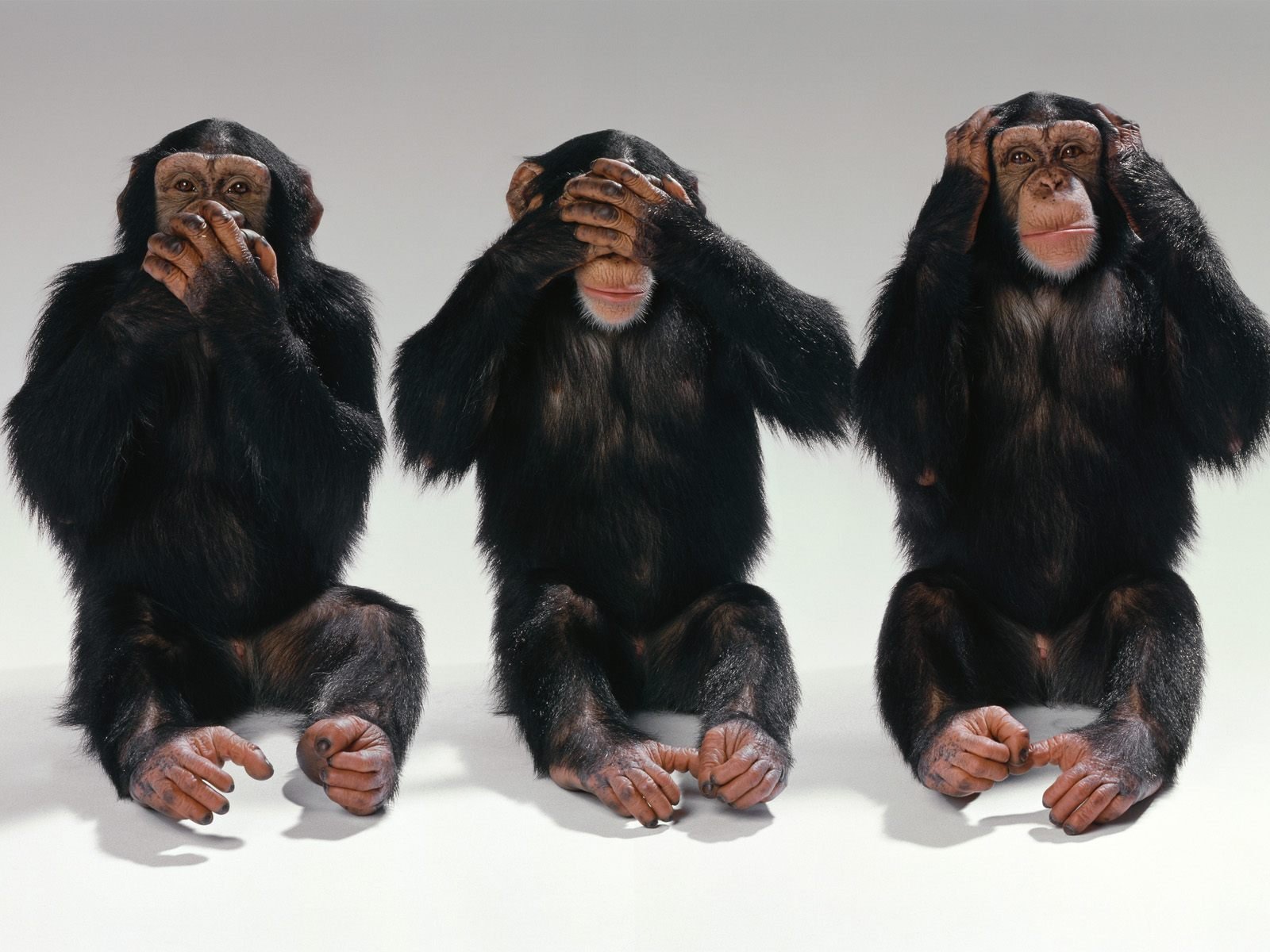Unlike today's procedure, a jury was immediately round up, sworn in at the town hall, and taken to the scene of the crime to examine the body in place. Then, as the body was frozen, "it was taken to the Council chamber to thaw." Thereafter, Drs. Crawford & Thomson performed an autopsy.
" They found a number of fine shot in the wounds. The examination but confirmed what was so evident from the start- that it was a clear case of murder with no possibility of suicide. The condition of the stomach, which was empty, would indicate that the crime was committed late at night or in the very early morning. It is also probable that it was committed at a time when there was bright moonlight, so that it was possible to see inside the building. The manner in which the blood froze as it flowed from the victim would also indicate that it was very cold at the time."
Mr. Keene did not believe he had enemies, witnesses attested, but one incident proved the plot was thickening. He had taken a small amount of liquid to the druggist, Mr. Marrin, and wanted it analyzed. Mr. Keene had thought it was moonshine and had taken a very small amount of it.
"As a result of the small amount swallowed he claimed he had been in agony all night and thought he was going to die. He believed that someone had attempted to poison him. The bottle was given to Mr. James Gordineer." Later the analysis proved the bottle contained strychnine!
After a couple of postponements, the jury's inquest finally took place at the town hall, which was packed to the back doors and people turned away. The article of March 24, 1927 outlines thelist of witnesses and their examinations.
Referring to nephew, Charles Gordineer, "The witness was asked 'Did the deceased man, in his conversation, tell you he was suspicious of anyone?' His answer was to the effect that Keene had told him that John BeII (his neighbour) was acting funny- that BeII came to his shack with Iiquor, and he had never come before. Said he was suspicious of John Bell, but not in so many words. Deceased claimed he lost $35.00, but did not miss it until evening Bell came to shack. Had also lent other money to John Bell."
John Bell was put on the stand and examined. He was the tax collector. He had borrowed money from Keene, and in fact had bought his property from him, but he denied any involvement.


































